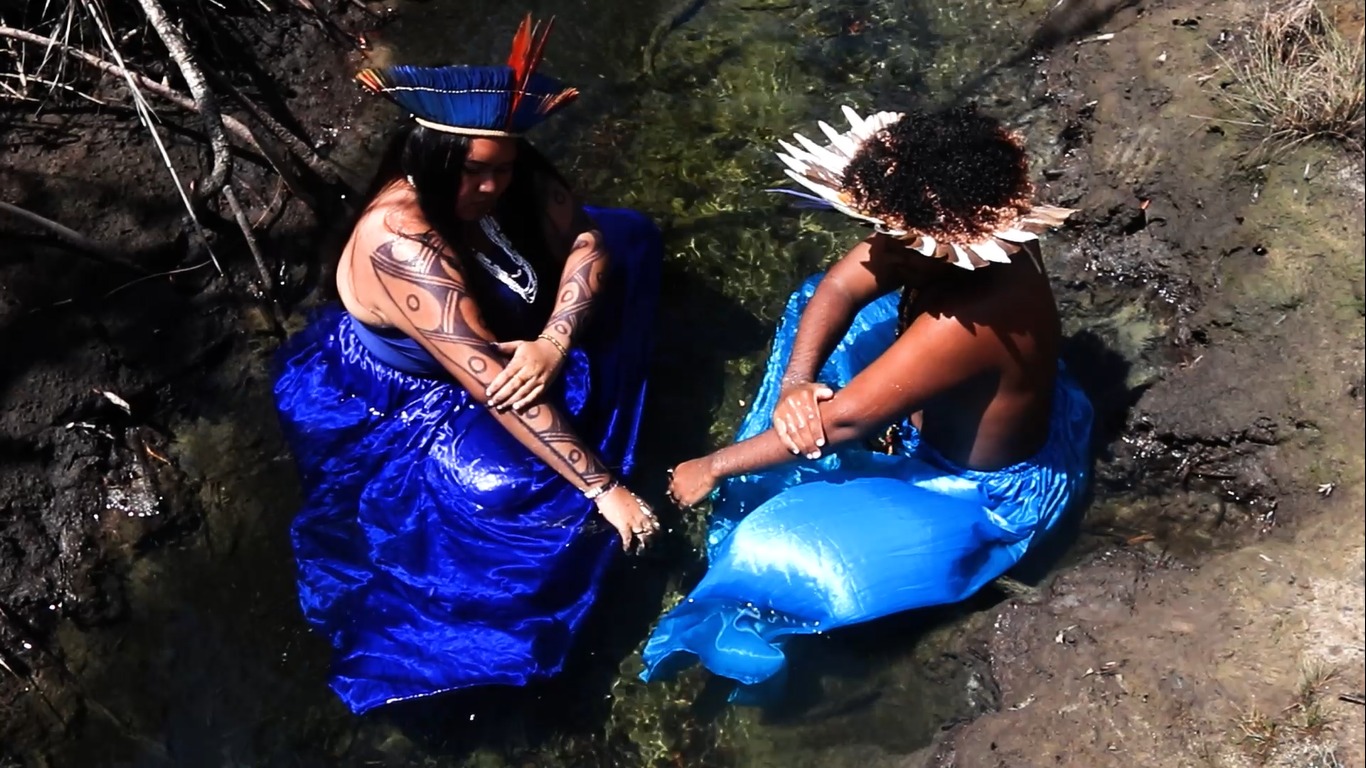Archival and memorial practices are essential in contexts where addressing historical wrongs or demanding reparations are at stake. The archive serves as a repository of what needs to be gathered and recognized so that it can be left behind and usher in the future. The archive manifests, on the one hand, the authority of the law as well as its troubled conscience and, on the other, the resistance to it. While it is true that there can be no victims without recognition, no perpetrators without responsibility, and no justice without reparation, the archive is an indispensable part of the response to the biopolitical violence of the capitalocene.
However, especially in cases where collective memory has been usurped or made invisible, in addition to being the mouthpiece of history, the archive is also a source of possibilities for the future. In these cases, the (re)construction of an archive becomes imperative as a way of strengthening a sense of belonging, self-esteem and hope.
Film has often been used as a means of building and recording a community archive whose origins sometimes go back to ancient times. Pés firmes na Terra (2025), a creation shared with the Tremembé people, and Black Out (2016), made with the Conceição das Crioulas quilombo, are wonderful examples of this.
Izabelle Louise was born between the mangrove and the sea, between Fortaleza and Itarema (Ceará, Brazil), between word and image. She is a descendant of the Tremembé indigenous people and a PhD student in Fine Arts at the University of Lisbon, with a period of academic mobility at the Hochschule für bildende Künste Hamburg (Germany). She is a collaborating researcher at CIEBA (Center for Research and Studies in Fine Arts), AfectaLab – Laboratory for Research and Shared Creation in Cinema and Other Moving Images (University of Beira Interior and University of Lisbon) and LICCA (Research Laboratory in Body, Communication and Art at the Federal University of Ceará). He researches cinema and indigenous epistemology, a term he has named the enchanted image.
Keven Tremembé is an indigenous man from the Tremembé people of Barra do Mundaú, Itapipoca-CE, an indigenous artist in dance and other art languages, a dancer with the Tremembé dance group Parente Torém, a member of the Baião Jovem collective in Itapipoca, an indigenous communicator and an indigenous environmental agent, and a graduate student in Humanities at UNILAB. He has already taken part in some dance training courses and other art languages, and in 2023 he graduated from the technical dance course at the Escola Livre Balé Baião de Itapipoca. Over the last three years he has been developing dance work, bringing a little of the culture and resistance of the Tremembé people into his shows.
Iago Barreto is an art educator, photographer and filmmaker. He holds a master’s degree in arts from IFCE and currently coordinates the Brotar Cinema school with the Anacé people. He has directed the films A margem de um rio que correm meus ancestrais (2021), Mãe terra (2022) for Fio Cruz Ceará, and Torém (2022) for Sesc Ce. He has also worked as a director and crew member on several films involving territorial and indigenous struggles.
Felipe Calheiros has a background in audiovisual, education, communication and photography. He is a journalist and documentary director at RTP Africa. He created and coordinated the project “Tankalé: training for quilombola audiovisual self-registration”. He has worked as a content manager for Brazilian public broadcasters such as TVE Bahia, TV Pernambuco and TV Universitária do Recife. He has a degree in Management and Law, a Master’s degree in Rural Extension and Local Development, and is currently studying for a PhD in Artistic Education at the University of Porto / University of Lisbon.

